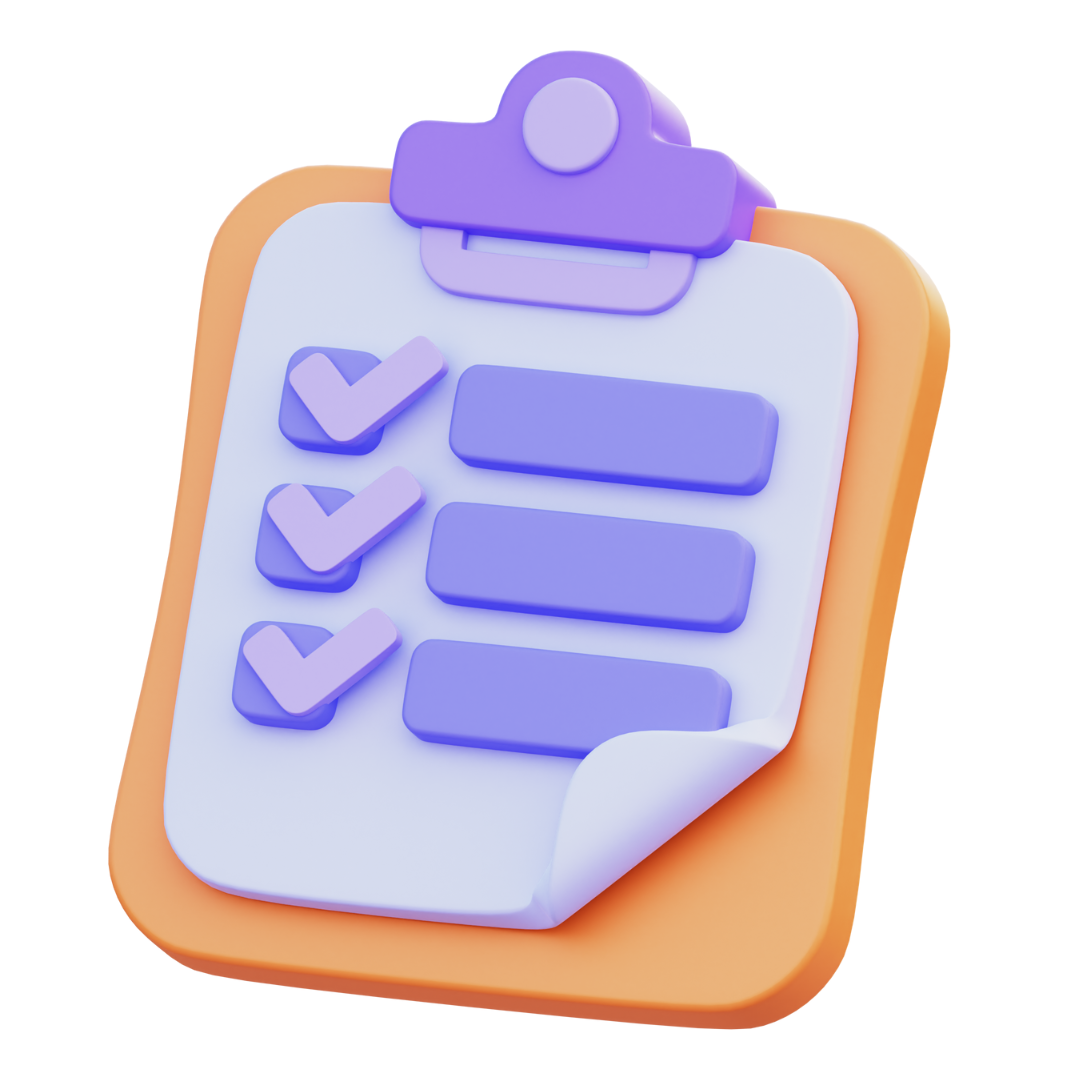How To Create A Job Template
Find out what job templates are, why they might be used & how to create one.
📖 Reading Time: 6 Minutes
🎧 Listening Time: 4.5 Minutes
👥 This Guide Is Intended For Tribepad Customers & Tribepad Team Members

Table of Contents
✏️ Introduction
What are job templates?
Job templates are created in advance of advertising a role, and contain all of the fields that you would complete if you were creating a job from start to finish from scratch.
Why would I use job templates?
Using job templates are a great way to standardise, streamline and save time during the job creation process, especially if you regularly advertise for the same or similar roles.
By using templates this can help to ensure that you and your colleagues are always using the same format in job adverts, especially if there is a large team involved in recruitment.
For example a Super User tends to be able to access and carry out any action within the ATS, whereas a Recruiter user may be restricted and only see roles specific to their area of the business. Meaning they may only be able to create and publish jobs using job templates.
📝 How To Create A Job Template
To get started select “Tools” from the top navigation bar & then “Job Templates”.
Next, select the '+' button next to Job Templates.
This will open the job template creation screen.
The tracker bar at the top of the screen shows you the two stages of the job template creation process:
To begin creating your template, first add a template title, in the below example we have added “Contact Centre Agent”.
Select the “roles” drop-down menu and choose who should have visibility and be able to use the template to publish a job, you can select more than 1 user type here.
Against some fields you will see a padlock - once you have completed the content, you can select to 'lock' the padlock by clicking on it, this prevents the content from being changed.
If you choose to lock the padlock you will be the only one that can edit that field, whether that's making an edit within the template or when using the template to publish a job.
With that in mind, you may wish to leave certain fields unlocked and blank, for example, “salary” or any field where content may need to be changed on a regular basis.
If you wish to unlock the padlock, you can simply select the padlock again.
Next, add in a job title.
The process to create a Job Template from this point forward replicates the Job Creation process which you can find here 🖱️click here.
Once you have completed all of the above, scroll to the bottom of page 1 of the template creation and select either “Save Template” if you would like to return to your template and complete it later or “Continue” to move to the next stage.
Once on the next page, this process replicates “Adding a Job Description” from the Job Creation process which you can find here 🖱️click here.
Once you have completed all of the above, scroll to the bottom of page 2 of the template creation and select either “Back” to revert to the previous page, if for example, you need to make some changes or “Save Template” to save all of your content and finalise the template creation.
If you select 'save template', you will revert to the main job template page where you will be able to find your newly created job template.
💼 Using A Job Template To Advertise A Job
To get started with using a job template to advertise a job, select “Jobs” and “Add New Job” from the top navigation bar.
Once on the job creation page, start by filtering your template (though this step is optional), followed by clicking on the drop-down menu against “Choose Job Template”.
From here, simply select the relevant Job Template you wish to use.
You also have the option to preview your template before selecting it. To do this simply click on “Preview Template”, and once you are happy with the relevant template select “Use This Template”.
Once a template has been selected, the fields below will be auto populated with template content.
After checking and completing the job details page, your next steps are to follow the Job Authorisation and Job Publishing processes (depending on your internal processes.)
For further guidance on Job Authorising and Publishing 🖱️ click here.
